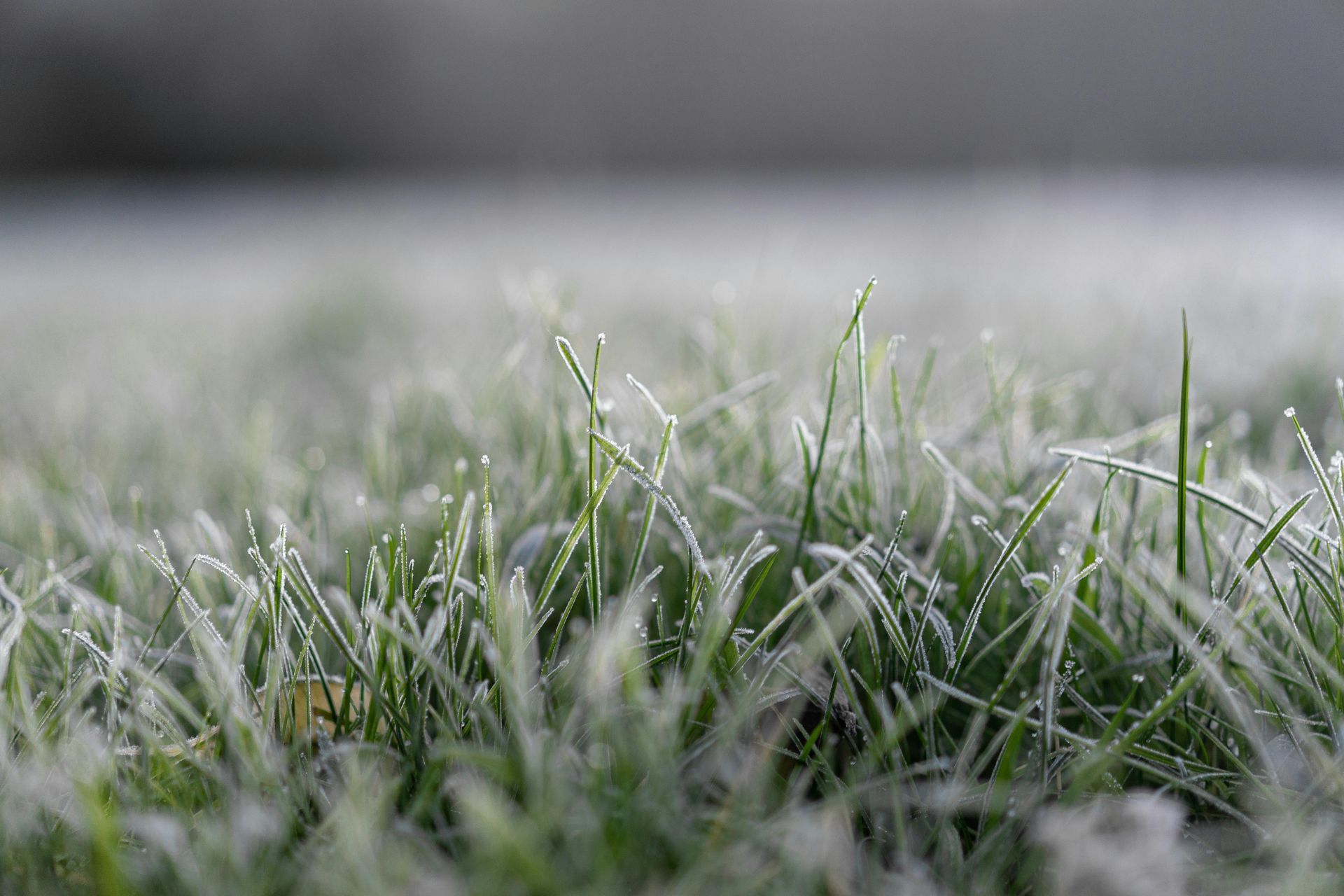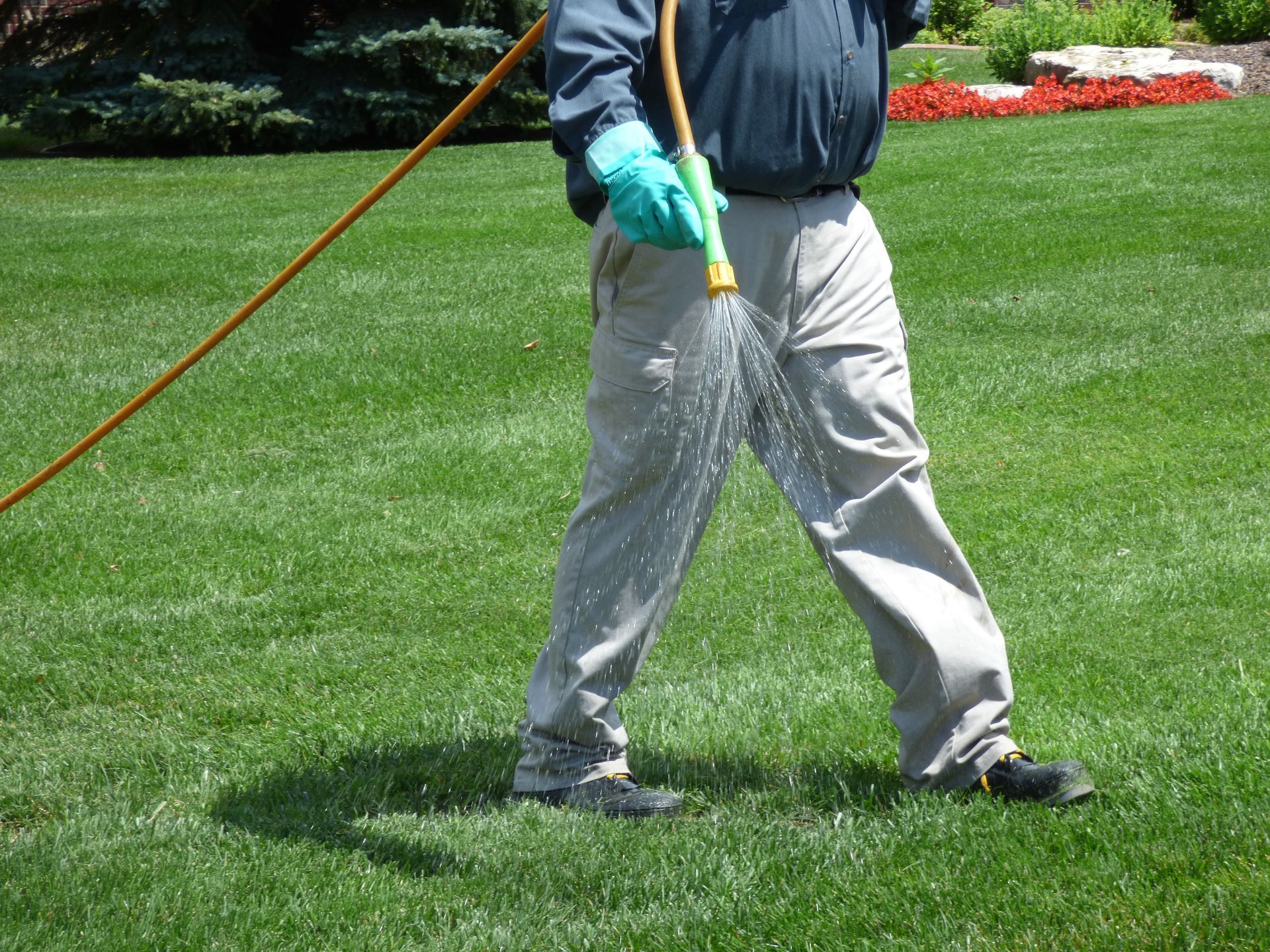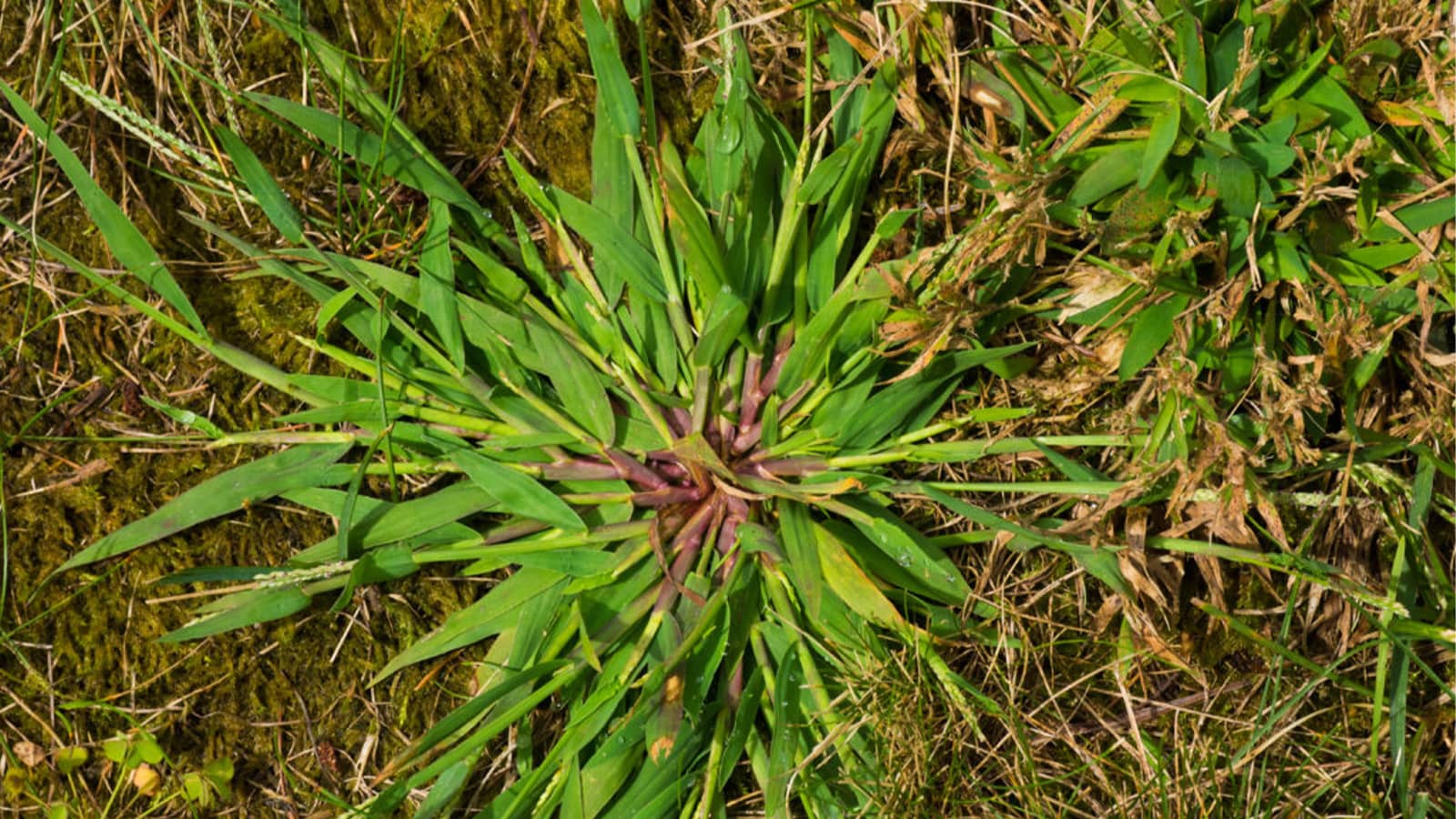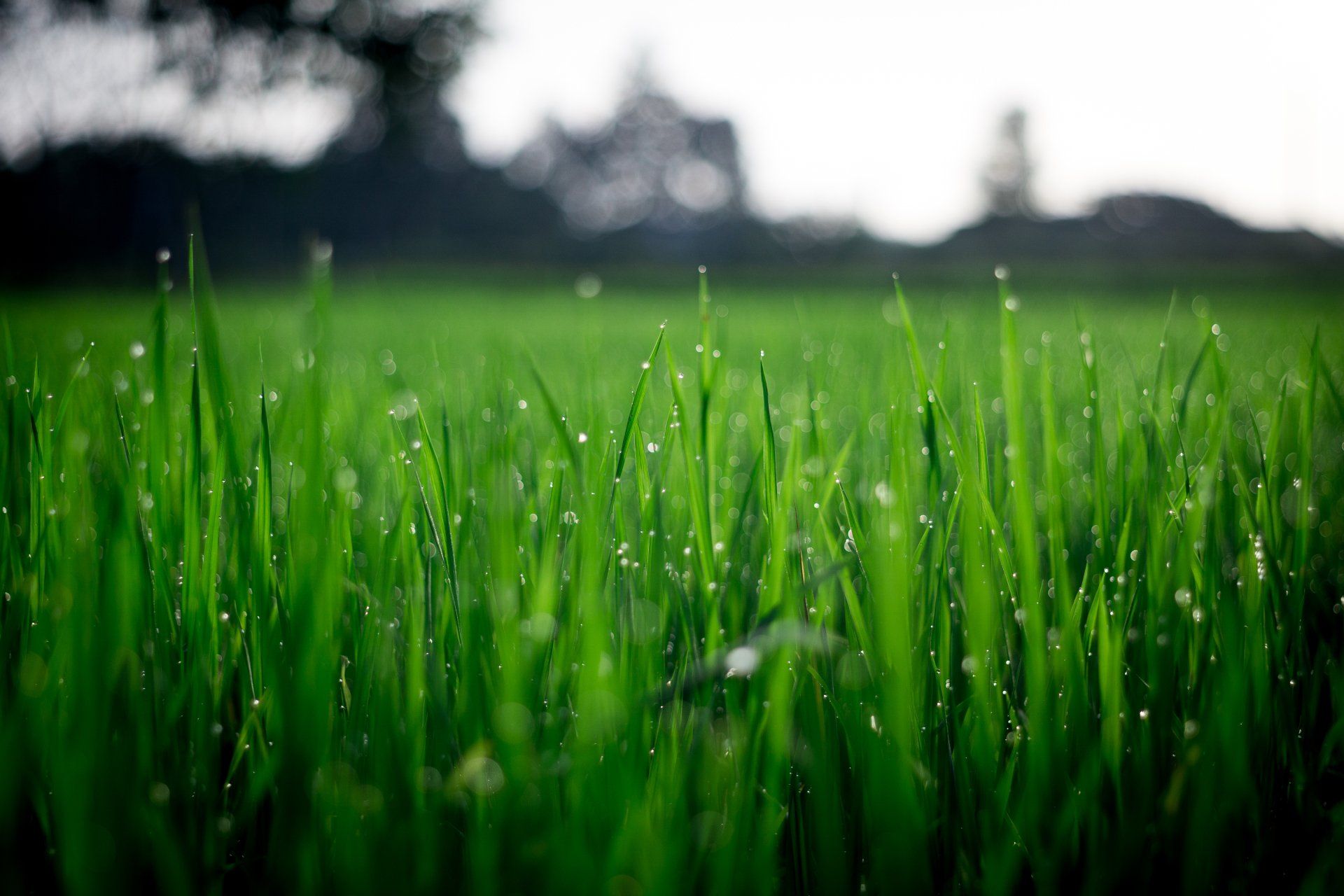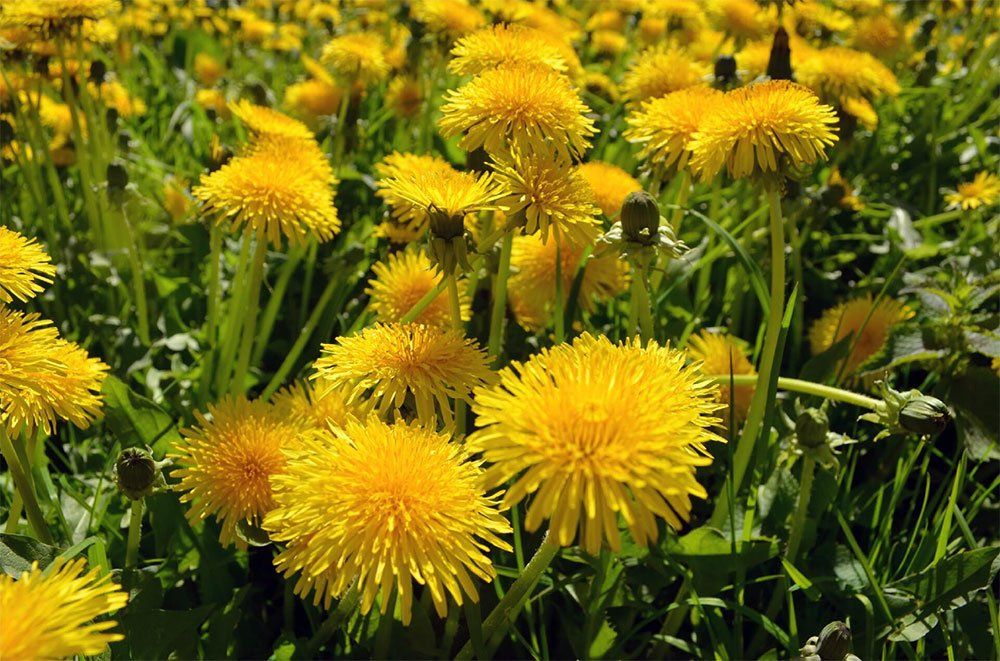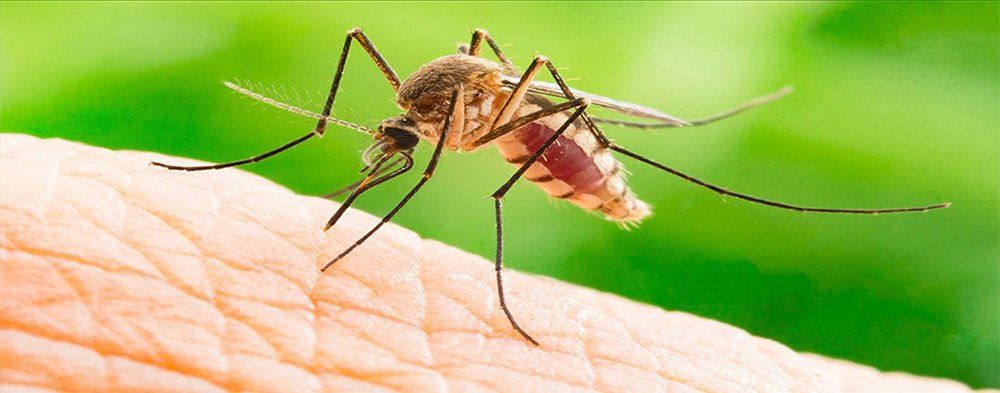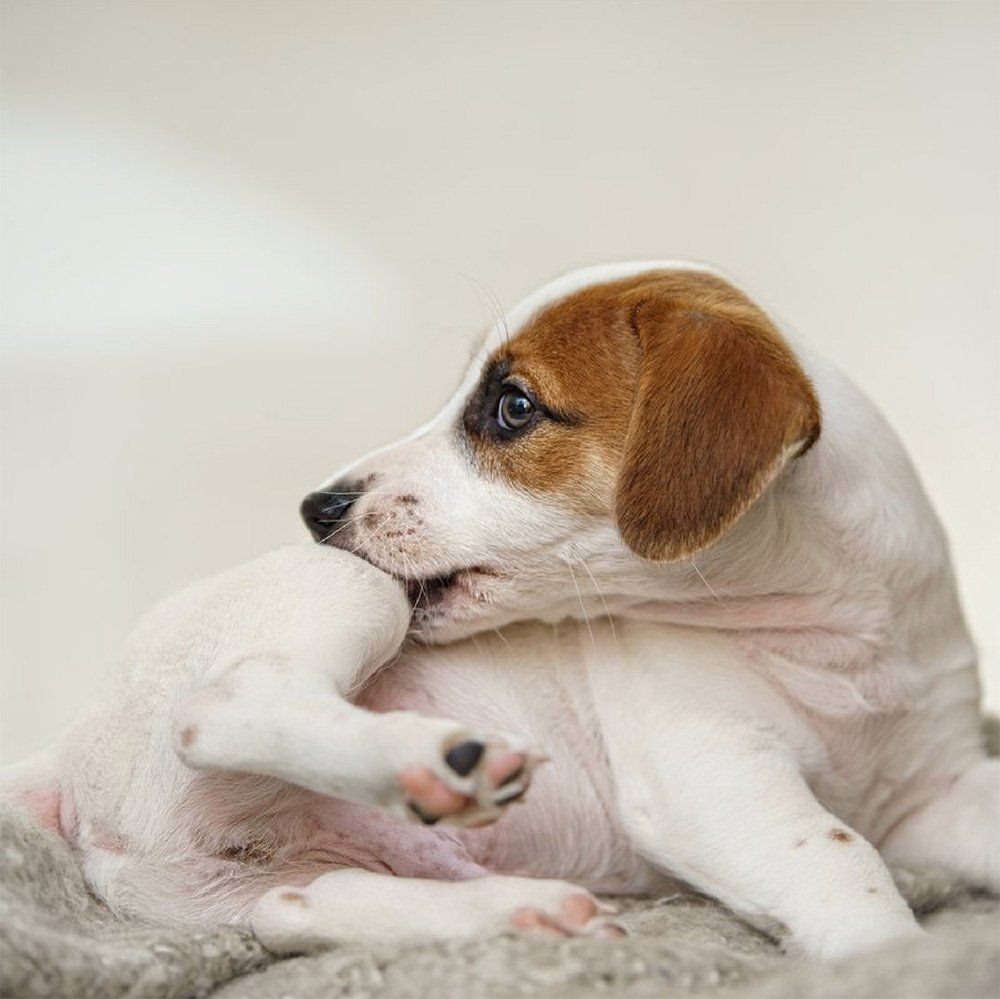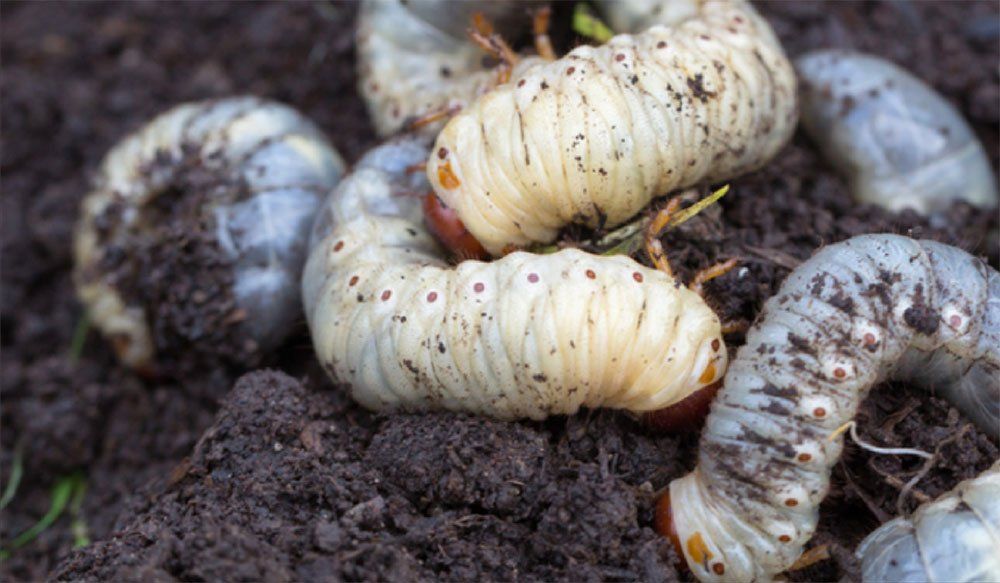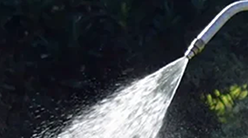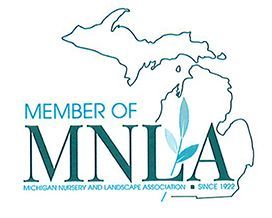Types of Winter Pests
With the heat of summer gone and all the critters hibernating, you can rest easy knowing your yard is safe from pests, right? Unfortunately, no. There are several types of winter pests that cause frustration, even in the middle of freezing temperatures. Learn about what they are, how to identify them, and how to treat these problems.
Winterkill
The term “winterkill” encompasses several factors that cause the death of turfgrass in the cold months. These factors include disease and extreme temperatures.
Desiccation
Desiccation occurs when there is no snow cover to protect grass from harsh dry winter winds for extended periods. Areas known as “crown tissues,” where roots, leaves, and stems are produced, lose moisture, and thus the plant withers and dies. To combat desiccation, you can use fabric layers or windscreens to protect your plants.
Direct Low-Temperature Kill
Normally, plants dehydrate gradually as the temperature changes in late fall early winter. However, if warm weather persists into the fall, the dehydration process is slowed, which ice can form in the delicate crown tissues. While it’s difficult to prevent this type of damage, fertilizing with nitrogen in late fall will help your lawn acclimate quickly to the changing temperatures. Recovery measures and overseeding can help your lawn bounce back once the spring thaw happens.
Snow Mold
This nuisance doesn’t have a tail, wings, or multiple legs like other yard pests you’re familiar with, but it is no less annoying. Snow mold occurs when heavy snowfall covers ground that hasn’t had a deep freeze yet. Because the ground retains some autumn warmth, this creates an environment where fungi can thrive. When the snow melts in spring, or if you experience a warm spell during the winter, you’ll notice fuzzy patches that are pink or grayish. It can almost resemble crop circles in a cord field. Treatment includes thatching, aeration, and fertilizer application. Depending on the extent of the damage, overseeding can be employed to fill in bare or thinning patches.
Voles
Not all animals go dormant in the winter. Voles like to shelter in dead grass and unraked leaves. You’ll know you have these critters by the distinctive bands of dead grass on your lawn. These tunnels just below the surface area for feeding. There are several ways to get rid of voles. Typically, you can bait and trap them as you would mice. However, this method of pest control during winter can be difficult, especially with heavy snow cover. Both poison traps and traditional mouse traps will work. Pro winter pest control tip: keep in mind that both types of traps can be harmful to other wildlife, children, or pets. If you can’t keep dogs and kids out of your yard while the traps are out, it’s better to go with one of the other methods.
If trapping isn’t something you’re prepared to do, or you don’t want to potentially expose children and pets to harm, you can also use rabbit repellant to encourage them to leave and stay away. Another way of repelling voles is to set up a fence around your yard or flower bed if you don’t already have one.
Get Pest Control In Winter With Help from Custom Personalized Lawn Care
Mold or voles, the experts at Custom Personalized Lawn Care will ensure your yard remains intact and ready to shine when spring arrives. We offer various pest control options and lawn care treatments to help your yard recover from mold, fungus, or other problems. Call (800) 570-3313 or contact us online to get take back control of your yard! And for more lawn care tips, be sure to follow our blog and like us on Facebook!
